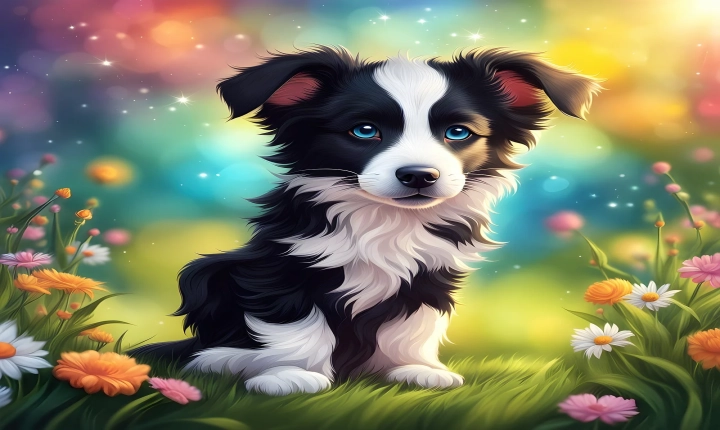Title: The Power of AI: Upscaling Images with Remarkable Precision
In the world of digital imagery, the resolution of images plays a pivotal role in their overall quality. As digital content creation and consumption continue to rise, the need for high-quality images has become increasingly important. With the surge in demand for visually appealing content across various platforms, the use of artificial intelligence (AI) for upscaling images has emerged as a game-changing solution.
Traditional upscaling methods, such as bicubic interpolation, often result in pixelation and loss of detail, compromising the overall visual appeal of the image. However, AI-based upscaling techniques have revolutionized the way images are enlarged, offering remarkable precision and enhancement while preserving the integrity of the original content.
Utilizing deep learning algorithms, AI-based upscaling models are trained on vast datasets of high-resolution images, enabling them to understand and effectively enhance low-resolution inputs. By analyzing the patterns and features within the images, these models can intelligently extrapolate and generate additional visual information, resulting in significantly improved image quality.
One notable example of AI-powered upscaling is the use of Generative Adversarial Networks (GANs), a type of neural network architecture. GANs have gained widespread attention for their ability to generate high-quality, realistic images by pitting two neural networks against each other, consistently producing impressive results. When applied to upscaling, GANs can effectively enrich low-resolution images with remarkable levels of detail, surpassing the limitations of conventional methods.
Furthermore, AI-based upscaling techniques offer a range of benefits, including the preservation of fine details, textures, and edges, resulting in sharper and more refined images. Moreover, these methods can intelligently infer missing information, effectively reducing artifacts and noise, leading to a more visually appealing final output.
The applications of AI-based upscaling in various industries are extensive. In the field of digital art and design, AI-powered upscaling enables artists and designers to transform low-resolution sketches and images into high-fidelity visuals, preserving the original artistic intent while improving their visual impact. Additionally, in the realm of photography and videography, AI-based upscaling can enhance the quality of old or lower-resolution content, revitalizing historical images and videos with unprecedented clarity and detail.
As the demand for high-resolution visuals continues to grow across sectors such as entertainment, e-commerce, and marketing, the role of AI-based upscaling in meeting these needs cannot be overstated. The ability of AI models to upscale images with exceptional precision and visual fidelity has opened up new possibilities for content creators and businesses, allowing them to deliver captivating visuals that resonate with their audience.
While AI-based upscaling techniques have made significant strides in improving the process of enhancing image resolution, ongoing research and development in the field continue to refine and advance these technologies. As AI continues to evolve, we can expect even more sophisticated and efficient upscaling methods to emerge, further pushing the boundaries of image enhancement and quality.
In conclusion, the integration of AI-based upscaling techniques represents a transformative leap in the domain of digital imagery, offering a powerful tool for elevating image quality with precision and finesse. With its ability to enhance images while preserving their original characteristics, AI-based upscaling holds immense potential for shaping the future of visual content creation and delivery. As AI continues to expand its influence across various sectors, the impact of AI-based upscaling is poised to redefine the standard for high-quality imagery in the digital landscape.
